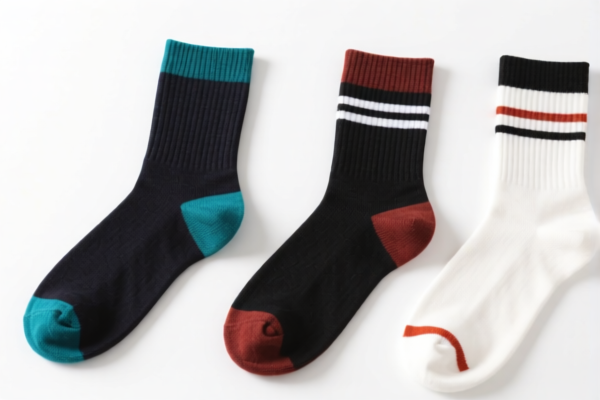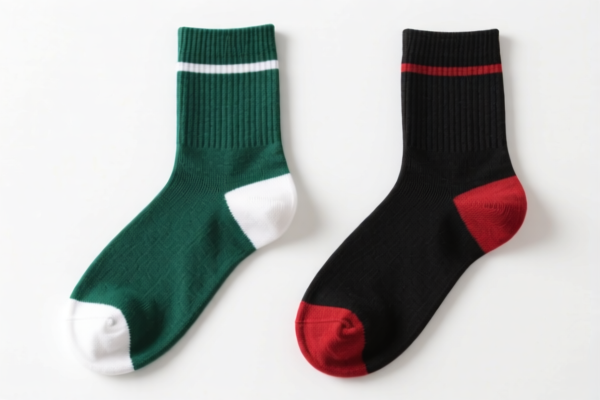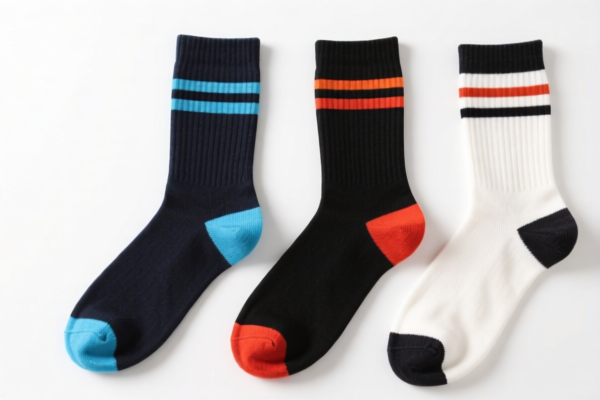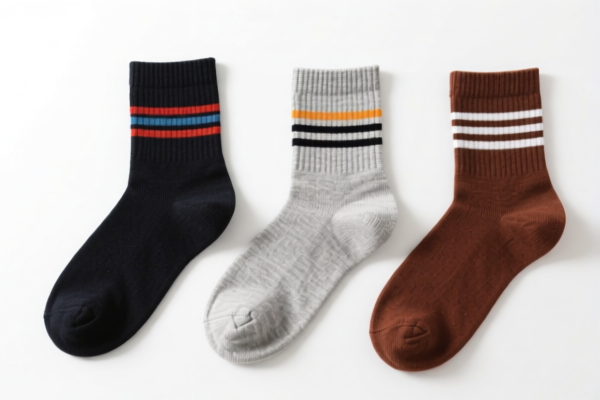| HS Code | Official Doc | Tariff Rate | Origin | Destination | Effective Date |
|---|---|---|---|---|---|
| 6217909075 | Doc | 52.1% | CN | US | 2025-05-12 |
| 6217909075 | Doc | 52.1% | CN | US | 2025-05-12 |
| 6212900010 | Doc | 44.1% | CN | US | 2025-05-12 |
| 6212900030 | Doc | 44.1% | CN | US | 2025-05-12 |
| 6205904040 | Doc | 40.3% | CN | US | 2025-05-12 |
| 6205903050 | Doc | 37.1% | CN | US | 2025-05-12 |
| 4205001000 | Doc | 55.0% | CN | US | 2025-05-12 |
| 4205000500 | Doc | 57.9% | CN | US | 2025-05-12 |
| 4201006000 | Doc | 57.8% | CN | US | 2025-05-12 |




Cable Pulling Socks
Cable pulling socks, also known as fish socks or cable socks, are specialized tools used in the installation of electrical cabling, particularly within conduits. They facilitate the smooth and efficient pulling of cables through raceways, minimizing friction and preventing damage to the cable insulation.
Material
Typically constructed from a high-density, low-friction polyethylene or nylon fabric, often with a lubricating inner surface. Some variations incorporate polypropylene for increased durability and resistance to abrasion. The material is chosen for its ability to reduce static cling and withstand the stresses of cable pulling.
Purpose
The primary purpose of cable pulling socks is to protect cables during installation. They prevent direct contact between the cable and the conduit walls, reducing the risk of scuffing, abrasion, or insulation damage. They also significantly lower the pulling force required, making the installation process easier and safer.
Function
Cable pulling socks function by creating a low-friction interface between the cable and the conduit. The sock encases the cable, providing a slippery surface that allows it to glide more easily through the raceway. This reduces the coefficient of friction, lowering the force needed to overcome resistance and preventing cable damage. The sock also helps to distribute the pulling force evenly along the cable’s length.
Usage Scenarios
- Electrical Installations: Commonly used in commercial and residential buildings during the installation of power, data, and communication cables.
- Long Cable Runs: Essential for installations involving extended conduit lengths where friction can be substantial.
- Complex Conduit Systems: Useful in systems with multiple bends and offsets, where cable pulling can be challenging.
- Sensitive Cables: Recommended for fragile or delicate cables that are prone to damage.
- Retrofit Projects: Employed in existing conduit systems to replace or add cables without causing damage to existing infrastructure.
Common Types
- One-Piece Socks: Single-piece construction, suitable for simpler cable runs.
- Two-Piece Socks: Consist of two interlocking pieces, allowing for easier cable insertion. These are advantageous for longer cables or when mid-run access is needed.
- Knitted Socks: Constructed from a knitted fabric, offering flexibility and conformability.
- Woven Socks: Provide increased strength and durability for heavier cables.
- Lubricated Socks: Pre-lubricated with a cable pulling lubricant to further reduce friction.
- Sized Socks: Available in various diameters to accommodate different cable sizes. Proper sizing is crucial for optimal performance.
Based on the provided information, “cable pulling socks” can be interpreted as articles used in machinery or mechanical appliances, potentially made of leather or composition leather. Here are the relevant HS codes found within the reference material:
-
4205001000: Other articles of leather or of composition leather: Of a kind used in machinery or mechanical appliances or for other technical uses: Other. This HS code covers a broad category of leather articles used in technical applications. It’s applicable if the cable pulling socks are indeed used as part of a mechanical process for pulling cables.
- 42: Leather articles; saddlery and harness; articles of animal gut (other than gut surgical, dental or veterinary).
- 05: Other articles of leather or of composition leather.
- 001000: Specifically designates articles used in machinery or mechanical appliances, and other technical uses.
-
4205000500: Other articles of leather or of composition leather: Of a kind used in machinery or mechanical appliances or for other technical uses: Belting leather cut or wholly or partly manufactured into forms or shapes suitable for conversion into belting. If the cable pulling socks are made of belting leather and are shaped for cable pulling, this HS code may be applicable.
- 42: Leather articles; saddlery and harness; articles of animal gut (other than gut surgical, dental or veterinary).
- 05: Other articles of leather or of composition leather.
- 000500: Specifically designates belting leather cut or manufactured for belting purposes.
According to the provided reference material, the HS code options related to 'cable pulling socks' are limited, with only the following 2 found.
Regarding HS code 4205001000 and 4205000500, please note the need to verify the material composition (leather or composition leather) and its intended use (machinery or technical applications).
Customer Reviews
No reviews yet.